If you’ve noticed your upper arms losing firmness, you’re not alone. After training hundreds of thousands of personal trainers at TRAINFITNESS, I can tell you that the upper arms are one of the first places to show age-related muscle loss. It’s so common that saggy upper arms have their own nicknames like bingo wings or bat wings!
But here’s the good news: as disheartening as it can be to see this happen, it’s also one of the quickest and easiest things to remedy. Read on to discover a simple 12-minute routine that will help you tighten and tone your arms in just a few weeks.
Why Your Arms Lose Firmness After 45


After 45, we lose muscle mass at about 1-2% per year if we are not actively working against it. Our arms are more likely to show this decline quickly because we don’t often use the muscles at the back at the tops of our arms (the triceps) in daily life unless we’re pushing ourselves up from something or reaching/lifting overhead with resistance.
You’re not just seeing loose skin when your arms lose firmness, the muscles have shrunk and weakened and have a bit more fat over the top. There’s good news, however – arm muscles respond quickly to resistance training as they are pretty small and they recover quickly between sessions.
Light dumbbells work because they provide enough resistance to stimulate muscle growth without overwhelming joints that might not have lifted weights in years. We’re not trying to build bodybuilder arms here. We’re looking to restore enough muscle tone and strength so your arms look firmer and feel stronger when you use them.
The real magic happens when you combine resistance work with consistency. You can’t spot-reduce fat, but you can build the muscle underneath while your body gradually reduces fat through your overall lifestyle. That combination creates the toned look most people want.
The Right Weight for You


For most women over 45 who haven’t lifted weights recently, start with 2-3kg dumbbells. For men, 4-5kg is usually about right. These might feel almost too light when you pick them up, but remember you’ll be doing multiple exercises back-to-back for 12 minutes.
Here’s how to test if you’ve got the right weight: pick up the dumbbell and do 12-15 bicep curls. The last 3-4 reps should feel challenging but you should still be able to complete them with good form. If you’re struggling at rep 8, go lighter. If you could easily do 20+ reps, go heavier.
Don’t ego-lift. I’ve seen too many people grab weights that are too heavy because they remember what they used to lift 20 years ago. Your joints, tendons and stabilising muscles need time to adapt. You can always increase the weight in a few weeks once your form is solid and the routine feels easier.
The 12-Minute Routine
Bicep Curls (2 minutes)


Why it works: The bicep is one of the most visible arm muscles. When it’s firm, your whole arm looks more toned. The bicep also helps with any pulling motion in daily life, from opening doors to lifting shopping bags.
How to do it:
- Stand with feet hip-width apart, dumbbells in each hand, palms facing forward
- Keep your elbows tucked close to your sides
- Curl the weights up towards your shoulders
- Squeeze at the top for a second
- Lower back down with control
- Don’t let your elbows drift forward or back
Common mistakes: Swinging the weights up using momentum rather than muscle. Letting your elbows move around instead of keeping them locked at your sides. Rushing the lowering phase when the real muscle building happens on the way down.
Overhead Tricep Extensions (2 minutes)


Why it works: The tricep makes up two-thirds of your upper arm mass. This is the muscle that wobbles when you wave. Strengthening it creates the biggest visible change in arm firmness. The overhead position also stretches the long head of the tricep, which gives you more muscle activation.
How to do it:
- Hold one dumbbell with both hands above your head, arms extended
- Keep your elbows pointing forward and close to your head
- Lower the weight behind your head by bending only at the elbows
- Press back up to the starting position
Common mistakes: Letting your elbows flare out to the sides. Arching your lower back as you press up (keep your core tight). Only moving through half the range of motion. You should feel a good stretch at the bottom of the movement.
Lateral Raises (2 minutes)


Why it works: This targets your shoulders, which frame your arms. Strong shoulders make your arms look more defined and help with any overhead reaching. Shoulder strength also protects the joint, which becomes more vulnerable after 45.
How to do it:
- Stand with dumbbells at your sides, palms facing your body
- Raise both arms out to the sides until they’re parallel with the floor
- Lead with your elbows slightly bent
- Hold for a second
- Lower with control
Common mistakes: Raising the weights too high (stop at shoulder height). Using momentum and swinging the weights. Shrugging your shoulders up towards your ears instead of keeping them down and back. Your arms should look like you’re pouring water from two jugs.
Tricep Kickbacks (2 minutes)


Why it works: This isolates the triceps differently from the overhead extension, hitting the muscle from another angle. The more angles we work a muscle from, the better the overall development and firmness you’ll see.
How to do it:
- Hinge forward at the hips, keeping your back flat
- Bend your elbows to 90 degrees, keeping them tucked against your sides
- Extend your arms straight back, squeezing your triceps at the top
- Return to the bent position
Common mistakes: Letting your upper arm drop or swing. Moving your torso instead of just your forearms. Going too heavy and using momentum rather than controlled muscle contraction. Your upper arm should stay completely still, only your forearms move.
Hammer Curls (2 minutes)


Why it works: This variation hits both the biceps and the forearms. It also works a muscle called the brachialis that sits underneath the bicep. Building this muscle pushes the bicep up, making your arms look more defined even when they’re relaxed.
How to do it:
- Stand with dumbbells at your sides, palms facing each other (like you’re holding hammers)
- Curl the weights up towards your shoulders
- Keep your palms facing each other throughout
- Lower with control
Common mistakes: Twisting your wrists as you curl (keep them neutral). Swinging the weights. Letting your shoulders roll forward. Keep your chest up and shoulder blades pulled back throughout.
Front Raises (2 minutes)


Why it works: This works the front of your shoulders, which often gets neglected. Strong front shoulders help with any pushing motion and balance out the muscle development from all the bicep and tricep work.
How to do it:
- Stand with dumbbells in front of your thighs, palms facing your body
- Raise one weight straight out in front of you to shoulder height
- Lower, then alternate arms
Common mistakes: Raising the weight above shoulder height. Using your back to swing the weight up. Locking out your elbow (keep a slight bend). Raising both arms at the same time when you’re new to the exercise (alternating is easier to control).
How Often You Should Do This


Three times per week with at least one rest day between sessions. Your muscles don’t grow during the workout, they grow during recovery. If you train arms every day, you’re just breaking them down repeatedly without giving them time to rebuild stronger.
Monday, Wednesday, Friday works well for most people. Or Tuesday, Thursday, Saturday if that fits your schedule better. The key is consistency. Doing this routine twice a week for six months will give you better results than doing it five times a week for a month then giving up.
On your rest days, you can do other types of exercise (walking, cycling, yoga) but avoid heavy lifting or exercises that fatigue your arms. Light movement actually helps recovery by increasing blood flow to the muscles.
After about 6-8 weeks, you might need to increase the weight slightly to keep progressing. When the routine starts feeling easy and you could do several more reps of each exercise, that’s your signal to go up by 1-2kg.
The Results You Can Expect


In the first 2-3 weeks, you won’t see much visual change but your arms will feel different. They’ll feel stronger, more solid when you flex them. You’ll notice daily tasks getting easier (carrying shopping, pushing doors, lifting things overhead). This is your nervous system getting better at recruiting muscle fibres.
Around week 4-6, you’ll start seeing visible changes. The back of your arms will look less soft and more defined. You might notice a bit more shape to your biceps when you bend your arm. Your shoulders will look slightly broader and more defined.
By week 8-12, the changes become obvious. Your arms will look noticeably firmer in short sleeves. You’ll see separation between muscles when you move your arm. The jiggle in your upper arms will reduce significantly. You’ll probably need to adjust how you view yourself because you’ll genuinely look more toned.
Here’s what you won’t see: massive, bulky arms. Light weights and higher reps create lean, defined muscle, not bulk. You also won’t lose fat from your arms specifically (spot reduction doesn’t exist), but the muscle you build will create shape and firmness that changes how your arms look overall.
The speed of results depends on several factors. If you’re also managing your overall body fat through diet and other exercise, you’ll see definition faster. If you’ve lifted weights before (even years ago), your muscles have memory and will respond quicker. Age matters less than consistency – I’ve seen 60-year-olds get great results just as fast as 45-year-olds when they stick to the routine.
Keep photos. Take one from the front and one from the side at the start, then every four weeks. The changes happen gradually enough that you might not notice day to day, but when you compare photos after eight weeks, the difference will be clear.



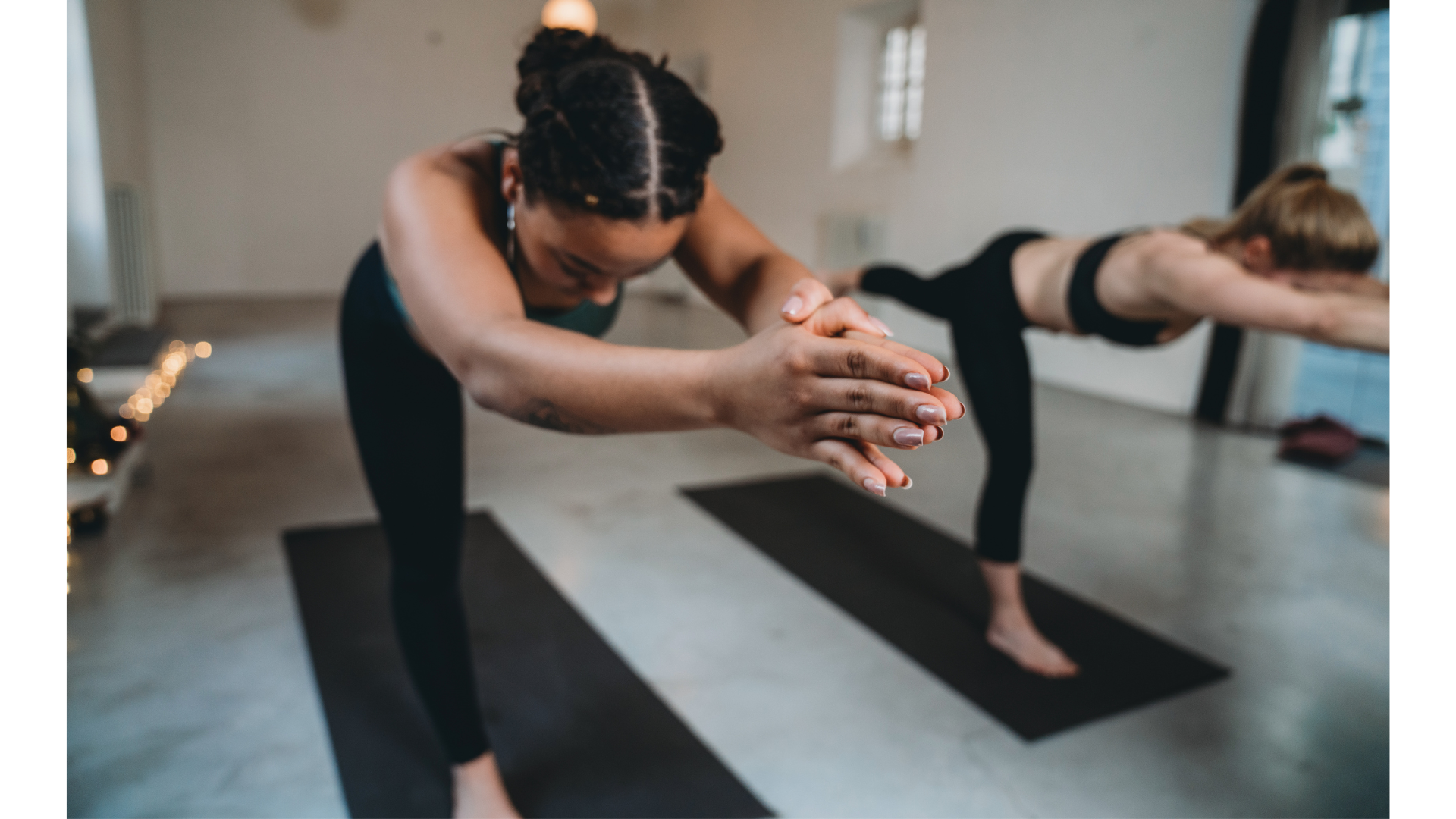
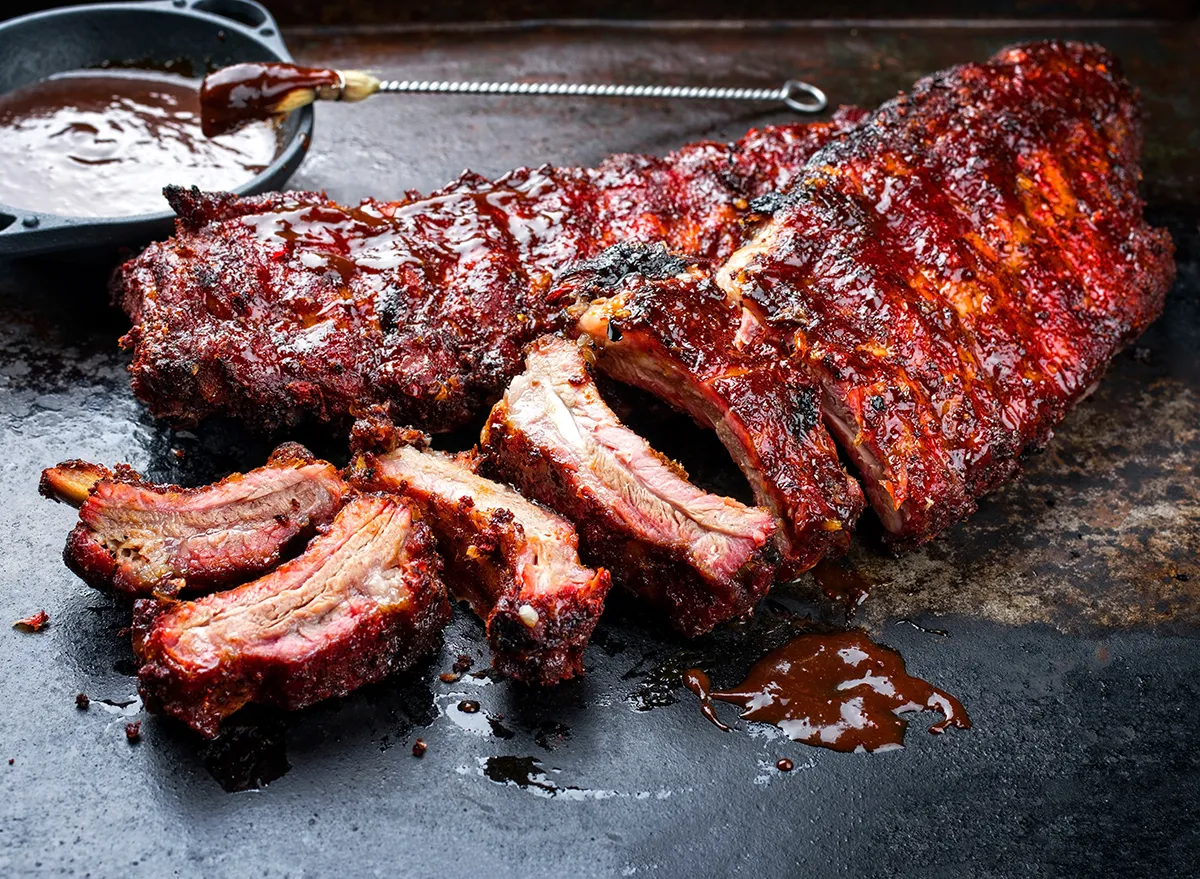

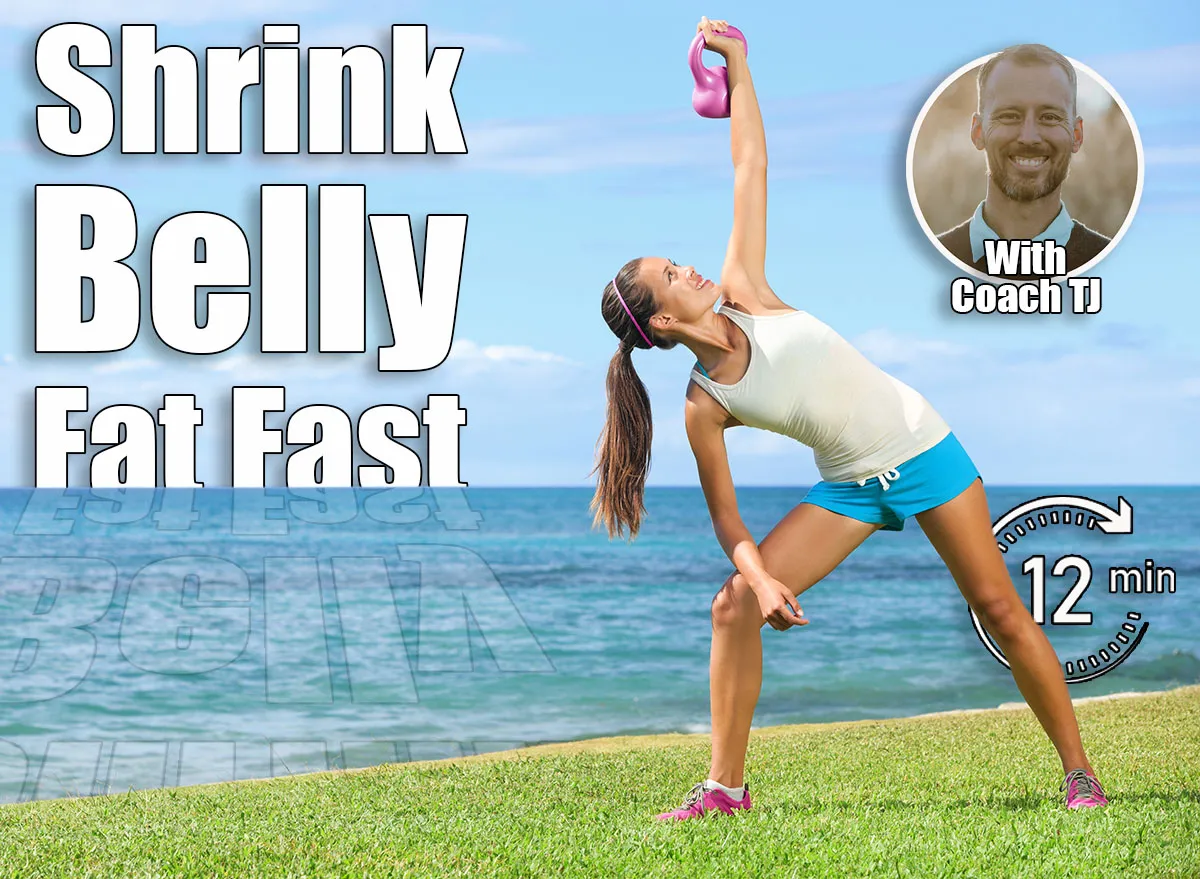

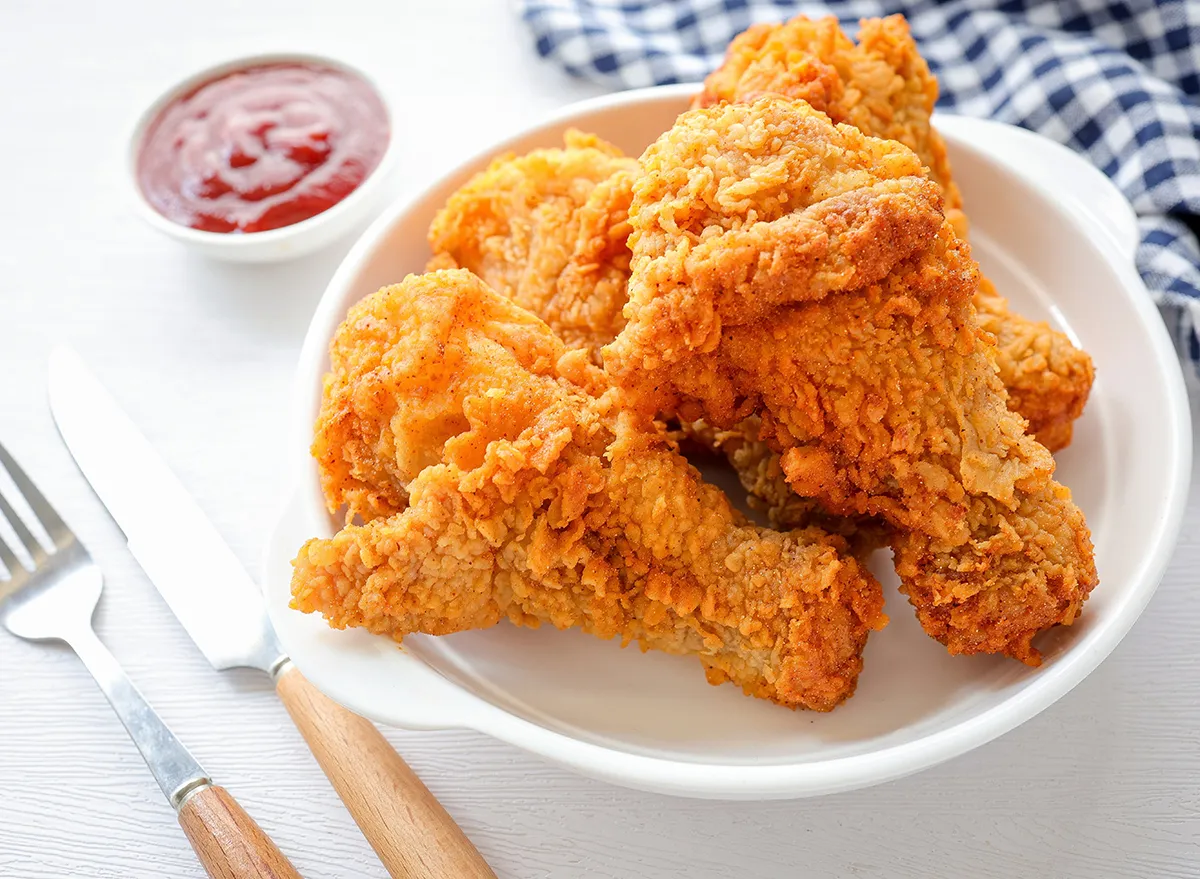

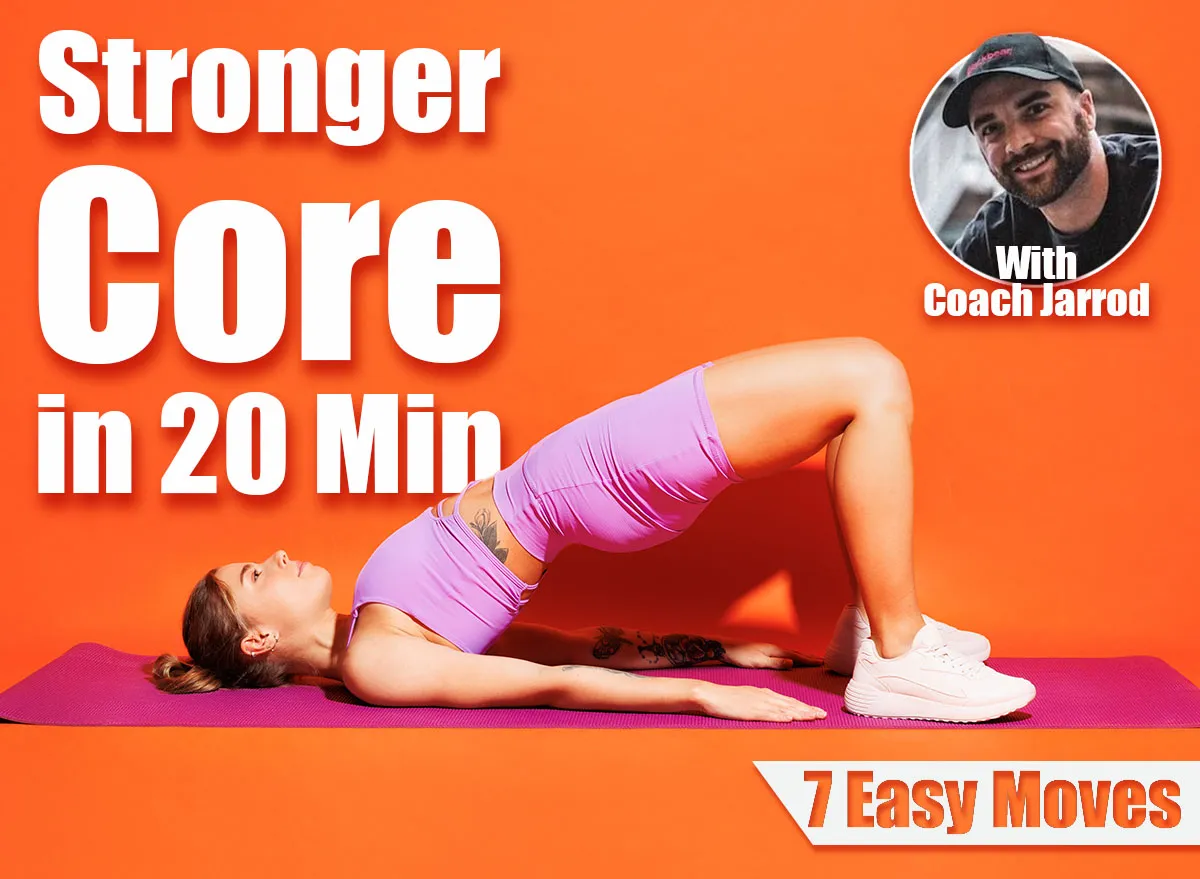

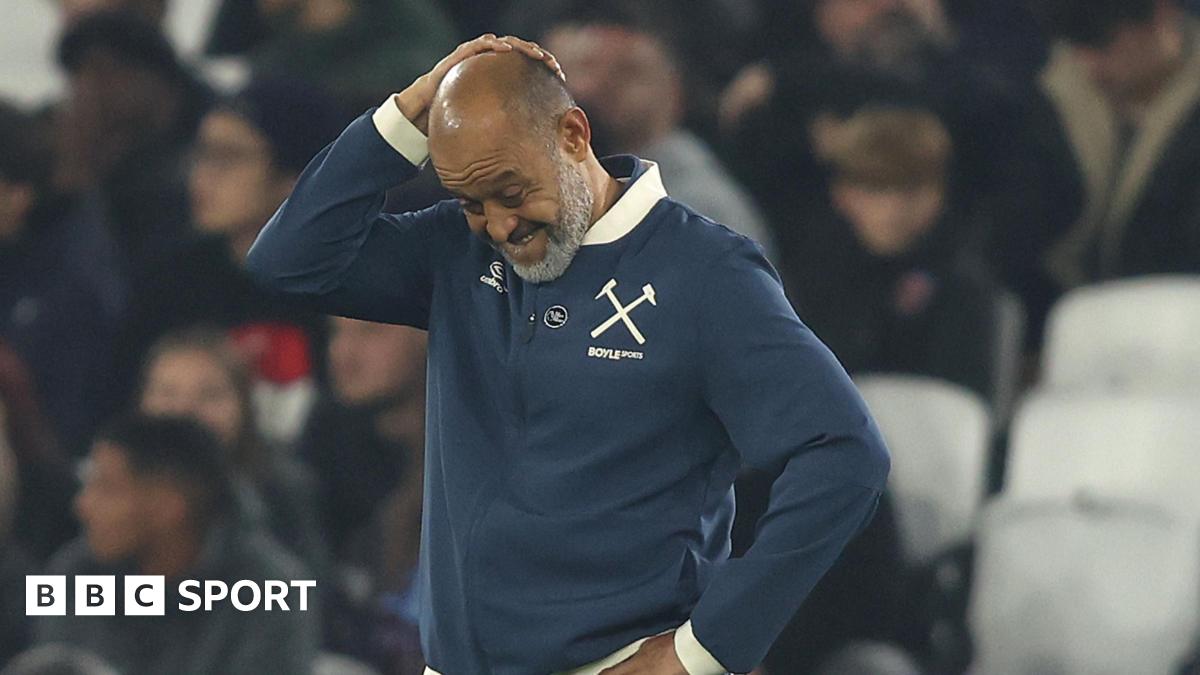
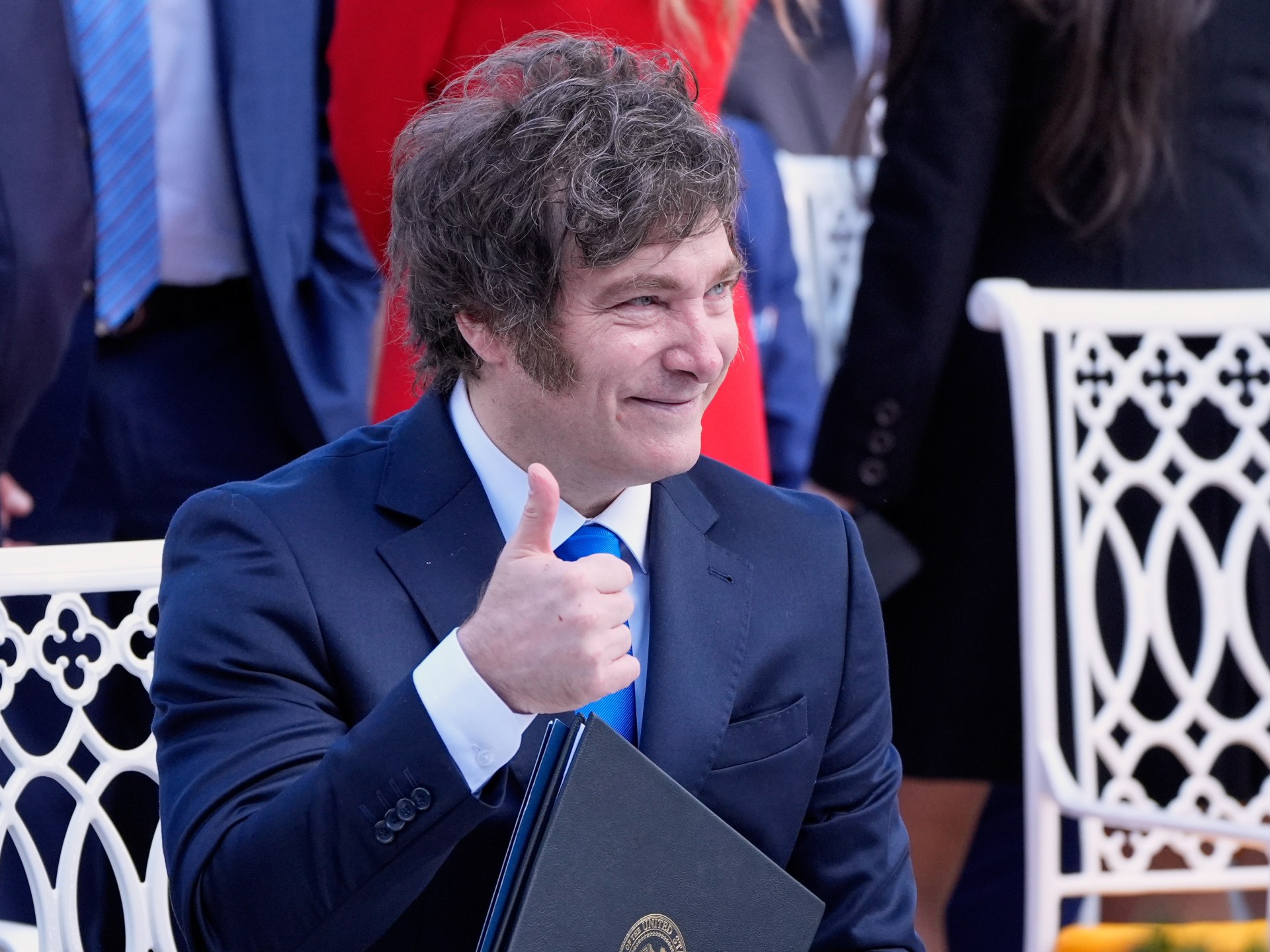
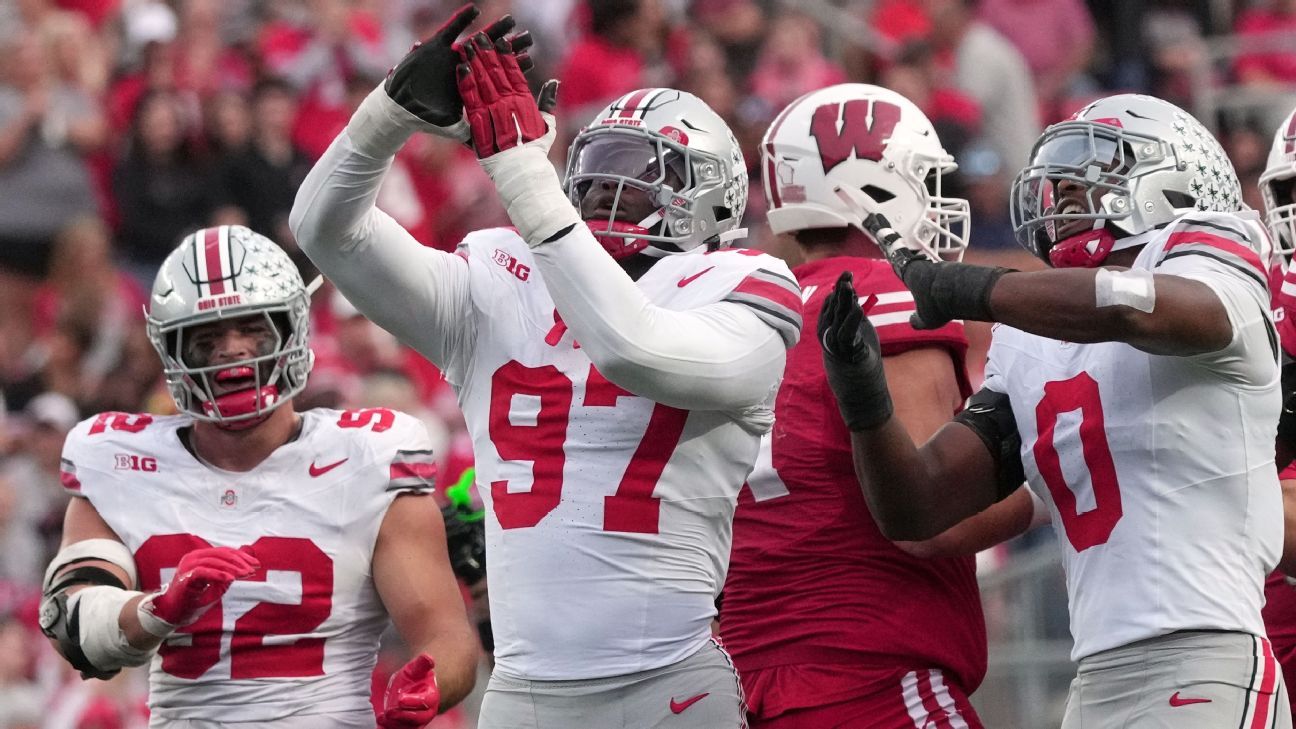
Leave a Reply